- 303 Posts
- 803 Comments
You would know that of course 😃It’s true that a similar coin design has been around a long time and it’s only fitting they used it to decorate the greek version of the 1€ coin.
When holding a Greek one-euro coin and examining the obverse, you will perhaps not easily realise that, back in 500 BC, there were already coins in circulation with a similar illustration. The depiction of the owl and the olive branch is a secular illustration that decorated the Athenean drachma in Ancient Greece – as well as the sub-divisions and multiples of this silver coin – and one which still features on the one-euro coin today. In the showcases on the first floor, you will not only be able to admire two magnificent Athenian tetradrachmas from the 5th century BC (one tetradrachma is worth four drachma), but also another Greek coin depicting the owl.
By featuring the owl and the olive branch on the national side of their one-euro coins, the Greeks are highlighting their rich past. This does not just refer to the historic importance of the City of Athens, but it also reminds us that it was in fact in Greece that the first European coins were minted. (…)
About 500 BC, a completely new coin made its appearance in Athens: the tetradrachm, bearing the portrait of the goddess Athena on the obverse and depicting an owl on the reverse. Over the centuries, this type of coin gradually became an “international” means of payment in the whole Mediterranean basin. (…)
Let us have a closer look now at the significance and symbolic meaning of the depiction of the owl and the olive branch as well as the reasons why they are connected with the goddess Athena.
As a nocturnal animal, the owl can see things others don’t, it is used as a symbol of wisdom. This is why the Greek goddess of wisdom, Athena, was accompanied by an owl. The depiction of an owl on coins is not just limited to Ancient Greece or the euro area. It can also be found on many other European and non-European coins: in Greece (e.g. 10 leptas from 1912 and 2 drachma from 1973), but also in Finland (e.g. the Finnish 100 markka issued in 1990), in Poland (the 1986 Polish 500 zloty coin), in Belarus (e.g. 1 ruble from 2005), in Mongolia (e.g. 1000 and 500 tugrik from 2005), the Cook Islands (e.g. the 50 dollar coin from 1993) and even New Zealand (the 1999 5 dollar coin).
An olive branch is shown in the top left-hand corner. In ancient times, the olive branch was also associated with the goddess Athena. Athena is said to have planted an olive branch on the Acropolis during her contest with Poseidon, the sea god, for the sovereignty of Attica. The fact that idols were carved out of the olive tree’s wood is proof that the olive branch quickly took on a sacred meaning. The sacred wood of Olympia was also an olive grove from which branches were given to the winners of the Games. Likewise, the winners were not only crowned with laurel wreaths, but also given crowns woven from olive leaves on different occasions.
To the right of the owl, one could read the first three Greek letters of the word Athens. On the one euro coin, they have been replaced by an indication of its face value. Although the reference to Athens has disappeared in favour of Europe, the link between two coins of historic importance: the 5th century BC tetradrachm and the euro of today.
With its rich history, the Athenian (tetra)drachma has thus been clad in new European clothing, in other words, a sort of tribute. It was the first international coin to be used on the European continent and thus illustrates the desire for unity, the very essence of the euro area, the European Union and of European thought. Consequently, the Greek euro coin tends to remind us that we have a tangible piece of European (monetary) history in our hands.
https://museum.nbb.be/en/resources/athenian-drachma-long-tradition-ancient-currency-euro
Greece also likes their owls


 10·3 days ago
10·3 days agoDas scheint dort “speziell” zu sein. Auch wenn im Text steht, dass keine Gefahrenlage erkennbar war (und es auch schon vor nicht allzu langer Zeit einen Fehlalarm gegeben hat), eigentlich sollen Lehrkräfte ihre Klassen im Falle eines Alarms unverzüglich ruhig und geordnet nach draußen geleiten. Um die “mangelnde Gefahrenlage” einzuschätzen, müsste ja erstmal jemand nachsehen und dann Meldung machen.

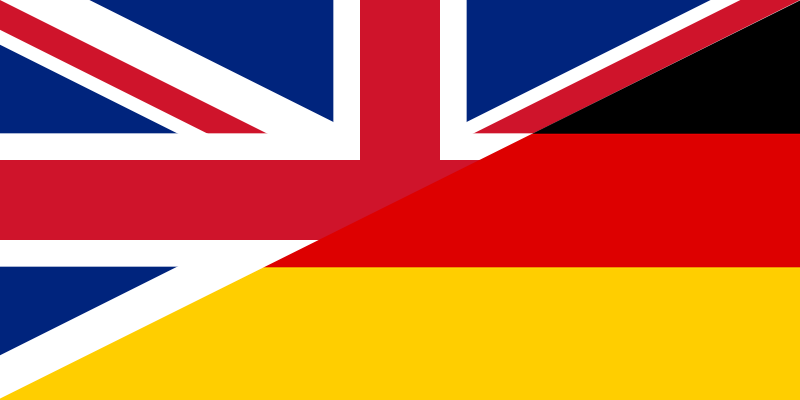 8·3 days ago
8·3 days agoIn Germany they actually say 1. Mai 😁🙃
Ist das eine Analogie für irgendwas, dass ich nicht verstehe?
Das ist nur ein Zeichen, dass Tod_den_Karotten ein Stadtkind ist, das an die Legende glaubt, dass man schlafende Kühe ganz leicht umschubsen kann.

 3·4 days ago
3·4 days agoDas erinnert mich an meinen Fund auf einem Stoppschild vom Osterwochenende:


 2·4 days ago
2·4 days agoDas kenne ich. Aber man kann sich da auch ganz gut Inspiration holen und nach ähnlichen Dingen im Second-Hand-Laden oder auf Flohmärkten schauen. Falls die Familie schlecht wegwerfen kann: manchmal haben die auch Einzelteile im Keller oder auf dem Dachboden, die mittlerweile ganz schnieke sind und die man neu kombinieren kann.

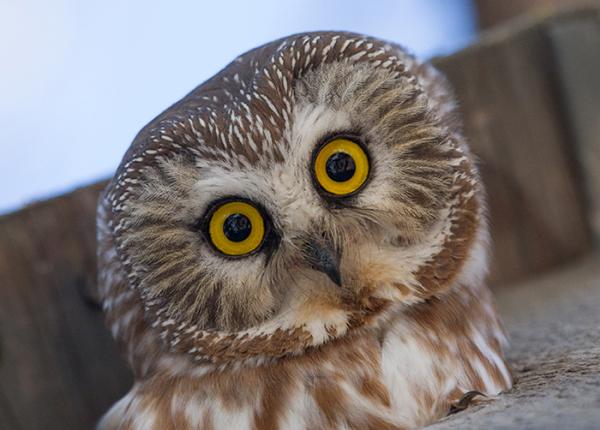 29·4 days ago
29·4 days agoThat pic is iconic enough that you find it as a regular meme template (uncredited of course). Good to see the original photographer mentioned!

 8·4 days ago
8·4 days agoDie Meinungen sind vielfältig. Probier es einfach aus, solange es keine Regel dagegen gibt. Für Duschgedanken und Witze zum Beispiel gibt es zwar auch Communities auf feddit.org, aber da ist eigentlich nichts los. Wir sind noch so klein, da ist eine Aufteilung in zu viele kleine Gebiete etwas sehr ambitioniert. Außerdem können wir hier Abwechslung gebrauchen. Nur Politik macht doch depressiv.

 11·5 days ago
11·5 days agoIch hatte es nicht auf meiner Bingokarte, aber der Boulevard wird entzückt sein:
Frau Reiche ist mit einem ehemaligen Bundeswirtschaftsminister und liiert.
Und ich hatte so gehofft, dass der Karl-Theodor in der Versenkung bleibt.
Edit: Änderung zur Klarstellung. Es ist nicht Habeck!

 2·5 days ago
2·5 days agoMehr so als kleines Osterei - da die Sachen wahrscheinlich nicht im preislichen Rahmen liegen - Herr von Eden. Da kaufen z.B. auch mal Jan Delay und Bela B. Klamotten.
Jürgen Kaube von der FAZ hat zu der Personalie auch schon einen Kommentar verfasst. Diss wäre wohl passender.
Nope, CMOT Dibbler - Ankh-Morpork’s great entrepreneur and salesman of dubious products - is bringing rat-on-a-stick (and sausage-inna-bun).
Ausnahmsweise haben wohl weder Mercedes- noch BMW-Fahrer Mist gebaut. Die Poller sind vermutlich aufgrund eines technischen Defekts hochgefahren, während die Fahrer an der Einfahrt für das Parken löhnen wollten.

 4·7 days ago
4·7 days agoDas wäre für mich auch ein moralisches Dilemma. Ich bin gegen die Todesstrafe und würde mich schon deshalb als befangen ansehen. Aber was ich bisher an “Fakten” zu dem Fall gelesen habe klingt auch nicht so, als ob seine Täterschaft wirklich bewiesen werden kann. Also hypothetisch wäre ich eventuell versucht, trotzdem in die Jury zu kommen.


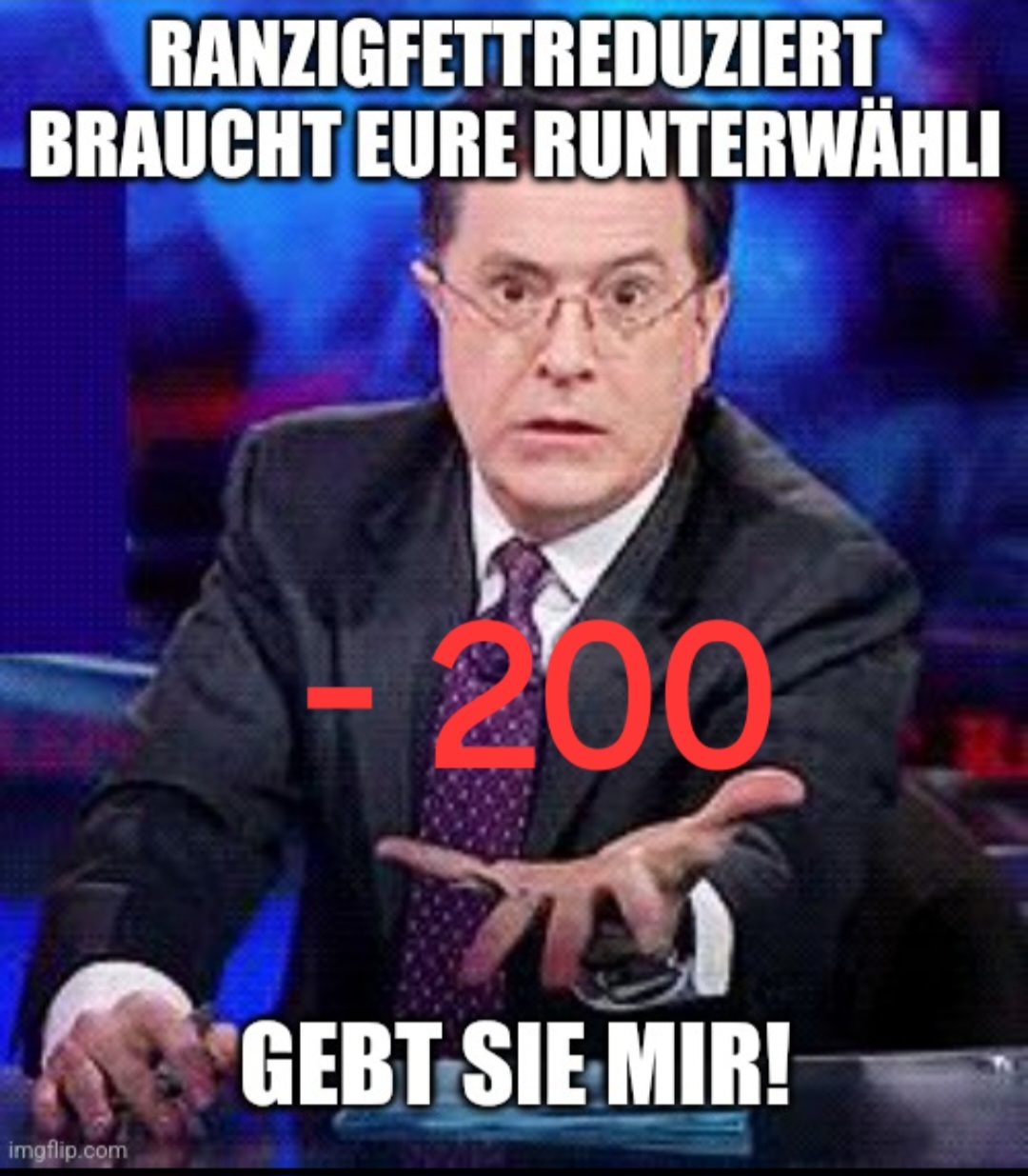


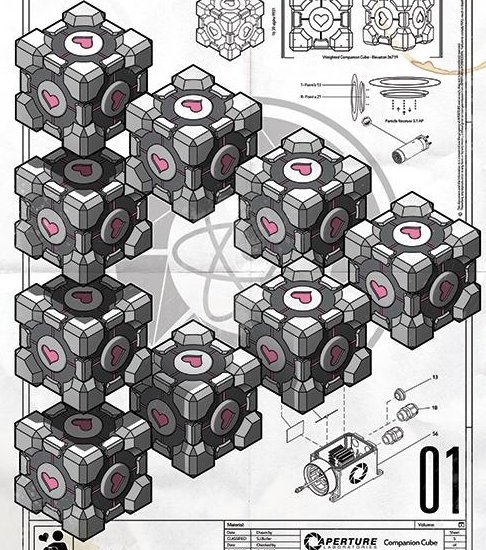


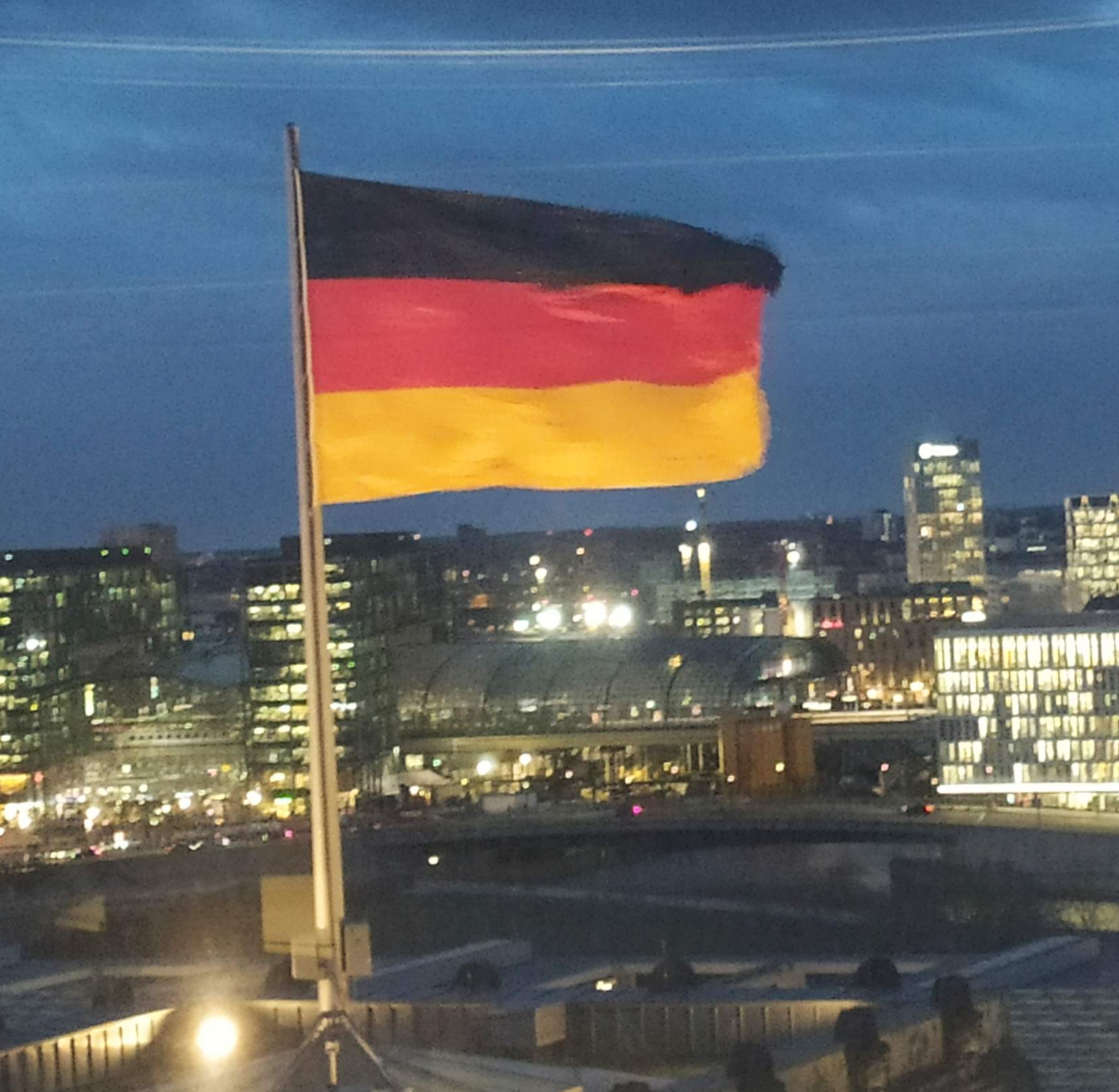

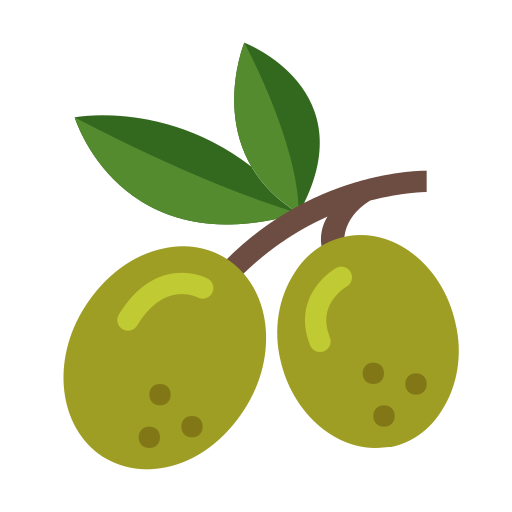








Dann willst Du bestimmt auch nicht weg. Passt in dem Fall ja.